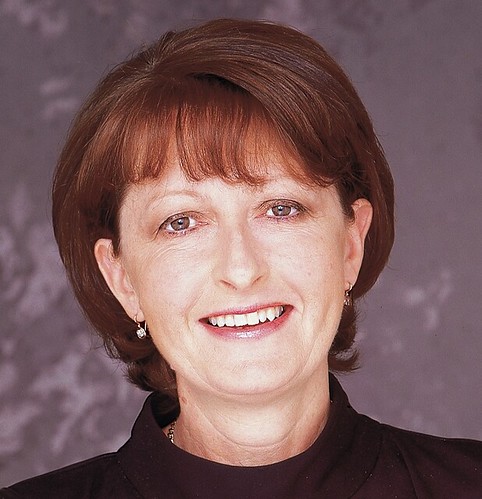Transparent PBAC decisions unclear
It seems I was naive in expecting last year's changes to the reporting of PBS decisions to make for enlightening reading. Although pharma companies were antsy about the rationale behind PBS decisons going public (playing their usual get-out-of-jail free card, "commercial in confidence"), lucid and compelling arguments to the contrary won out (link Aust Prescriber, Ausdoc). While not really expecting the whole story, especially behind a negative decision, I certainly expected more transparency than has been forthcoming.
For instance, when new patent-protecting versions of Coversyl and Coversyl Plus were approved (link to 2 articles on this topic), I expected the public summary on the PBAC website to justify its position. http://www.health.gov.au/internet/wcms/publishing.nsf/Content/pbacrec-pbacrecmar06-positive#peri
But alas, it was merely stated - in the minor submission category - that: 'The PBAC had no objection to the Secretariat listing of the change of perindopril salt from erbumine to arginine.The PBAC noted the sponsor’s advice that it will be implementing a communication strategy to inform prescribers of the change.'
The explanation of the approval of a bisphosphonate/vitamin D combination, Fosamax Plus, was no more revealing. http://www.health.gov.au/internet/wcms/publishing.nsf/Content/pbacrec-pbacrecmar06-positive#alen
On the one hand, the PBAC notes that 'alendronate plus vitamin D provides access to a combination product for patients with established osteoporosis who may require vitamin D supplementation'. and while the taxpayer will pay no more for the new formulation than the garden variety of Fosamax, notably the submission to the PBAC didn't claim greater efficacy in fracture prevention either.
Furthermore, patients without a vitamin D deficiency don't need vitamin D supplementation, and the 400IU per day in Fosamax Plus is inadequate for those with a vitamin D deficiency, so the patient group who will benefit from the new formulation remains elusive. Apparently, the PBAC was concerned (Radar link) that the product might be inappropriately used to treat vitamin D deficiency, which prompts the question - why did they approve it?
For instance, when new patent-protecting versions of Coversyl and Coversyl Plus were approved (link to 2 articles on this topic), I expected the public summary on the PBAC website to justify its position. http://www.health.gov.au/internet/wcms/publishing.nsf/Content/pbacrec-pbacrecmar06-positive#peri
But alas, it was merely stated - in the minor submission category - that: 'The PBAC had no objection to the Secretariat listing of the change of perindopril salt from erbumine to arginine.The PBAC noted the sponsor’s advice that it will be implementing a communication strategy to inform prescribers of the change.'
The explanation of the approval of a bisphosphonate/vitamin D combination, Fosamax Plus, was no more revealing. http://www.health.gov.au/internet/wcms/publishing.nsf/Content/pbacrec-pbacrecmar06-positive#alen
On the one hand, the PBAC notes that 'alendronate plus vitamin D provides access to a combination product for patients with established osteoporosis who may require vitamin D supplementation'. and while the taxpayer will pay no more for the new formulation than the garden variety of Fosamax, notably the submission to the PBAC didn't claim greater efficacy in fracture prevention either.
Furthermore, patients without a vitamin D deficiency don't need vitamin D supplementation, and the 400IU per day in Fosamax Plus is inadequate for those with a vitamin D deficiency, so the patient group who will benefit from the new formulation remains elusive. Apparently, the PBAC was concerned (Radar link) that the product might be inappropriately used to treat vitamin D deficiency, which prompts the question - why did they approve it?


0 Comments:
Post a Comment
<< Home